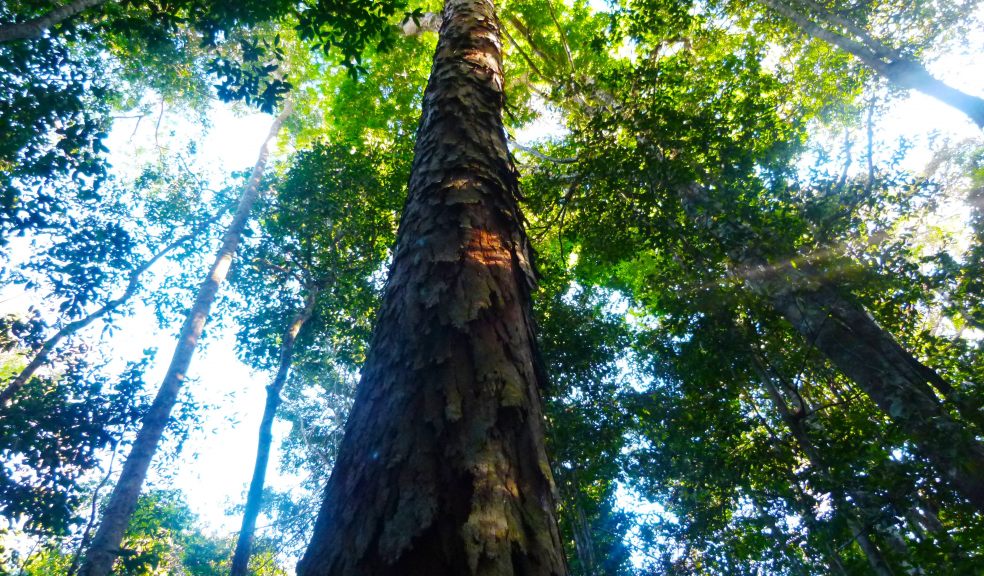
"Lungs of the planet" reveal sensitivity to global warming
Tropical rainforests are often called the “lungs of the planet” because they generally draw in carbon dioxide and breathe out oxygen. But the amount of carbon dioxide that rainforests absorb, or produce, varies hugely with year-to-year variations in the climate. In a paper published online this week (6th Feb 2013) by the journal Nature, a team of climate scientists from the University of Exeter, the Met Office-Hadley Centre and the NERC Centre for Ecology & Hydrology, has shown that these variations reveal how vulnerable the rainforest is to climate change.
Lead author Professor Peter Cox of the University of Exeter explained: “We have been struggling for more than a decade to answer the question ‘will the Amazon forest die back under climate change?’ Our study indicates that the risk is low if climate change is associated with increased plant growth under elevated carbon dioxide. But if this effect declines, or climate warming occurs due to something other than a carbon dioxide increase, we expect to see a significant release of carbon from tropical ecosystems”.
The study reveals a new way to find out how sensitive biological systems are to changes in climate. The key was to learn how to read the year-to-year variations in the concentration of carbon dioxide in the atmosphere. Carbon dioxide increases each year as a result of burning fossil fuels and deforestation. But the amount it goes up from one year to the next depends on whether tropical forests are absorbing carbon dioxide or releasing it – and this in turn depends on whether the tropical climate was warmer and dryer than usual, or wetter and cooler. So the trace of carbon dioxide in the atmosphere holds a record of how the lungs of the planet respond when the climate warms or cools.
The team studied how these year-to-year variations in carbon dioxide concentration relate to long-term changes in the amount of carbon stored in tropical rainforests. They found that climate models that predicted tropical forest dieback under climate change also had a very large year-to-year variation in carbon dioxide concentration, while models in which the rainforest was more robust to climate change had more realistic year-to-year variation in carbon dioxide concentration.
By combining this relationship with the year-to-year variation in carbon dioxide as seen in the real world, the team were able to determine that about 50 billion tonnes of carbon would be released for each degree Celsius of warming in the tropics. Peter Cox said the findings were initially a relief: “Fortunately, this carbon release is counteracted by the positive effects of carbon dioxide fertilisation on plant growth under most scenarios of the 21st century, so that overall forests are expected to continue to accumulate carbon.”
The researchers are however certain that tropical forests will suffer under climate change if carbon dioxide doesn’t fertilise tree growth as strongly as climate models suggest.
Co-author, Chris Jones, of the Met Office said: “The long-term health of tropical forests will depend on their ability to withstand multiple pressures from changing climate and deforestation. Our research has shed light on the former, but the latter remains a significant pressure on this ecosystem.”
This work was jointly funded by the Natural Environment Research Council (NCEO programme); the EU FP7 Greencycles II project; the EU FP7 ‘CARBONES’ project; the Joint DECC/Defra Met Office Hadley Centre Climate Programme; the NERC Centre for Ecology & Hydrology Science Budget and the Newton Institute programme on ‘Mathematical and Statistical Approaches to Climate Modelling and Prediction’.


















